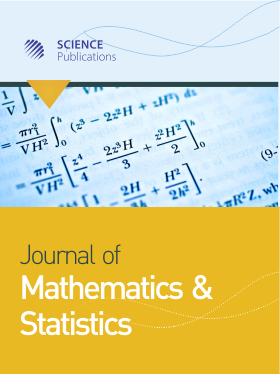Zero Inflated Poisson and Geographically Weighted Zero- Inflated Poisson Regression Model: Application to Elephantiasis (Filariasis) Counts Data
- 1 Sepuluh Nopember Institute of Technology Jl. Arief Rahman Hakim, Indonesia
- 2 University of Jember, Indonesia
Abstract
Poisson regression has been widely used for modeling counts data. Violation of equidispersion assumption can occur when there are excess of zeros of the data. For that condition we can use Zero-Inflated Poisson (ZIP) to analyze such data, resulting global parameter estimates. However spatial data from various locations have their own characteristics depend on their socio-cultural, geographical and economic conditions. In this paper, we first review the theoretical framework of Zero-Inflated Poisson (ZIP) and Geographically Weighted Zero Inflated Poisson (GWZIP) regression. We use Maximum Likelihood (MLE) method and EM algorithm to estimate the model parameters. The F test is used to compare the two models. Second, we fit these models to the number of filariasis case of East Java. In our case, there is the preponderance of zeros in the data set (65.79%). The results prove that the spatial dependence is absent, but there is weak spatial heterogeneity of the data (significance level α = 0.1). Based on F test, ZIP and GWZIP regression are not significantly different.
DOI: https://doi.org/10.3844/jmssp.2015.52.60

- 4,075 Views
- 2,612 Downloads
- 12 Citations
Download
Keywords
- ZIP
- GWZIP
- Spatial Data
- MLE
- F Test
- Filariasis Case
